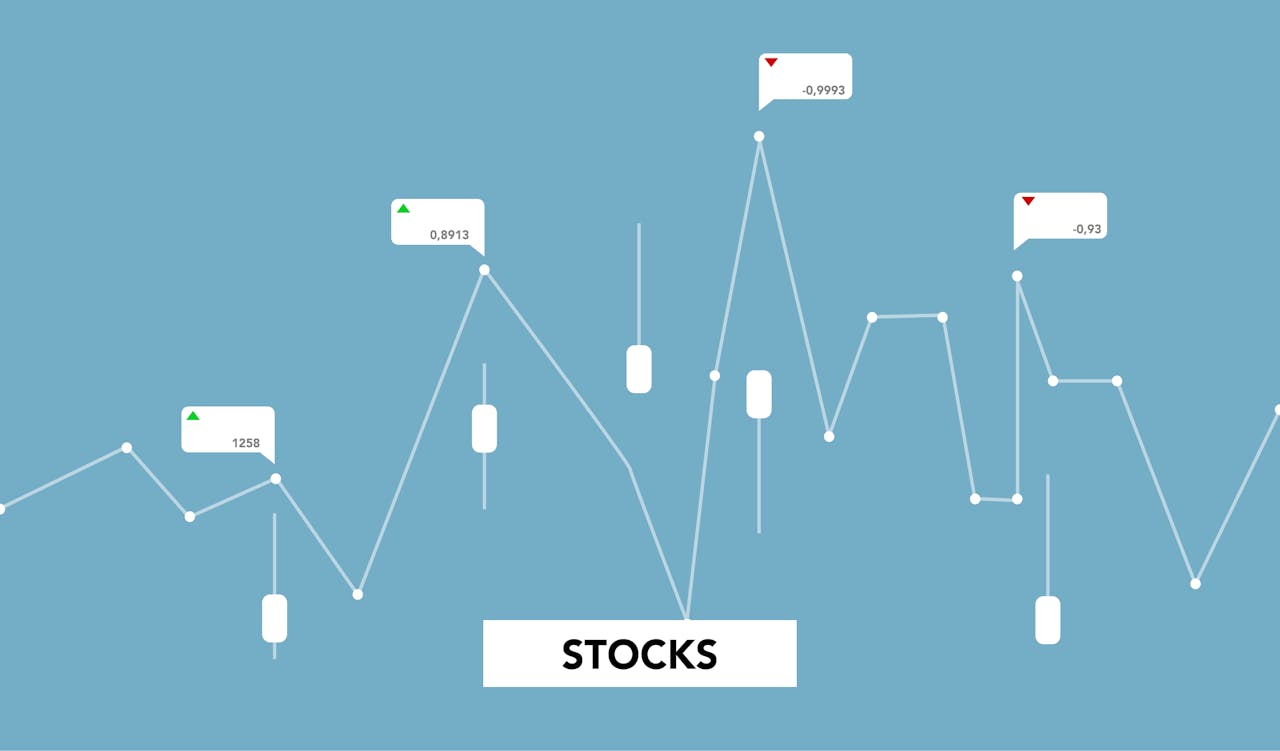Investing in bonds is a reliable strategy for those seeking stability and income in their portfolios. However, managing a diverse bond portfolio can be complex and time-consuming. These funds offer a solution to this challenge. A Bond ETF is a fund that holds a collection of bonds and trades on the stock exchange just like a single stock. This approach allows investors to access a broad array of bonds in one simple transaction. In this essay, we will explore the benefits, workings, and best practices for incorporating Bond ETFs into your portfolio.
What Are Bond ETFs?
These bond`s combine the flexibility of stocks with the stability of bonds. Essentially, a Bond ETF is a basket of bonds grouped together into a single fund. These funds are designed to track the performance of a specific bond index or a sector of the bond market, such as government, corporate, or municipal bonds. Like stocks, Bond ETFs are traded on exchanges throughout the day, providing investors with the ability to buy and sell them whenever the market is open.
Investing in a Bond ETF offers exposure to a diversified portfolio of bonds without the hassle of directly purchasing individual bonds. As a result, Bond ETFs make bonds more accessible to the average investor.
Advantages
1. Diversification with One Trade
A key benefit of these funds is their ability to provide diversification with a single trade. Buying individual bonds can be expensive and requires significant capital, especially if you’re aiming to diversify across different bond types (corporate, government, etc.). ETFs, however, allow investors to hold a wide range of bonds within the same fund, thus reducing risk and offering a more balanced approach to bond investing.
2. Liquidity and Flexibility
These ETFs offer liquidity and flexibility, which are features not typically found in traditional bond investments. Unlike mutual funds, which only trade at the close of the day, they can be bought or sold at any point during market hours, just like stocks. This gives investors greater control over their investments and allows them to respond quickly to market changes.
3. Cost-Effective Investment
Investing in individual bonds can involve high transaction fees, broker commissions, and large minimum investments. Bond ETFs, on the other hand, generally have lower fees and require less capital to get started. Additionally, their management fees are typically lower than those of actively managed bond mutual funds. This makes them a cost-effective choice for investors looking to minimize expenses.
4. Transparency
They provide full transparency of their holdings, usually on a daily basis. Investors can see which bonds are in the ETF, their respective weightings, and any adjustments made to the portfolio. This transparency allows investors to have a clear understanding of what they own and how their investments are performing.
5. Income Generation
Bond ETFs are a popular choice for those seeking regular income. These ETFs distribute income in the form of dividends, which are generally paid out quarterly. The income comes from the interest earned on the bonds held within the ETF. For retirees or anyone seeking to supplement their income, Bond ETFs can be an attractive option.
How Do They Work?
Bond ETFs work similarly to other types of ETFs. The fund holds a portfolio of bonds, and the value of the ETF is determined by the performance of the underlying bonds. When the bonds in the ETF pay interest, that income is passed on to the ETF’s investors.
Throughout the day, the price of a Bond ETF fluctuates due to changes in factors such as interest rates, market sentiment, and credit risk. When interest rates rise, for instance, bond prices typically fall, which can negatively impact the value of Bond ETFs. Conversely, when interest rates drop, bond prices tend to increase, potentially benefiting the ETF.
Most ETFs are designed to track a bond index, such as the Bloomberg Barclays U.S. Aggregate Bond Index or the iBoxx Investment Grade Corporate Bond Index. As a result, these ETFs are generally passively managed, tracking an index rather than relying on active management.
Types of Bond ETFs
Bond ETFs vary in type, allowing investors to choose based on their investment goals. Below are some of the most common types:
1. Government
Government Bond ETFs invest in bonds issued by national governments. For example, U.S. Treasury bonds are among the safest investments worldwide. ETFs that hold these government bonds tend to offer lower-risk, moderate returns. These ETFs are ideal for conservative investors seeking stability.
2. Corporate
Corporate Bond ETFs focus on bonds issued by private companies. These bonds offer higher yields than government bonds but come with additional risk. The possibility of a company defaulting on its bonds makes corporate bonds more volatile. Thus, corporate bond ETFs may suit more risk-tolerant investors seeking higher returns.
3. Municipal
Municipal ETFs invest in bonds issued by state or local governments. These bonds are often exempt from federal taxes, making them attractive for those in higher tax brackets. Investors looking for tax-efficient income may find Municipal Bond ETFs to be a great choice.
4. High-Yield Bond
High-Yield Bond invest in bonds with lower credit ratings, often referred to as “junk” bonds. While these ETFs can offer higher returns, they come with increased risk. For investors willing to take on more risk in exchange for greater yields, High-Yield Bond ETFs may be an appealing option.
Bond ETFs vs. Individual Bonds
Bond ETFs and individual bonds serve similar purposes but have important differences. With individual bonds, investors know they will receive their principal amount back at maturity, provided the issuer does not default. Bond ETFs, however, do not guarantee this return because they constantly adjust their holdings and may sell bonds before maturity.
Moreover, individual bonds allow investors to select specific bonds based on criteria like credit rating, issuer, and duration. Bond ETFs, by contrast, provide access only to the bonds included in the ETF, which may not align perfectly with the investor’s preferences.
Considerations When Investing in Bond ETFs
1. Interest Rate Risk
Interest rate risk is one of the most significant factors affecting this tipe of Bond. When interest rates rise, the value of existing bonds typically falls, which can negatively impact the value of ETFs. It’s essential for investors to consider the potential effect of interest rate movements on their investments.
2. Credit Risk
Credit risk is the possibility that the issuer of a bond will default on its payments. Bond that invest in lower-rated or corporate bonds face higher credit risk. For those investing in ETFs, understanding the credit ratings of the underlying bonds is crucial in managing risk.
3. Expense Ratios
Although these ETFs are generally more affordable than actively managed mutual funds, they still charge expense ratios. These fees can erode returns over time, so it’s essential to compare the expense ratios of different Bond ETFs before making a choice.
Conclusion
Bond ETFs offer an efficient and flexible way to invest in bonds. They provide diversification, liquidity, and cost-effectiveness, making them a great choice for investors seeking exposure to the bond market. Understanding the different types of Bond ETFs, the risks involved, and their workings can help you use them effectively in your investment strategy. Whether you’re a conservative investor looking for stability or someone willing to take on more risk for higher returns, they can help meet your financial goals.
Check out our Facebook or X accounts.
For more topics check here.



